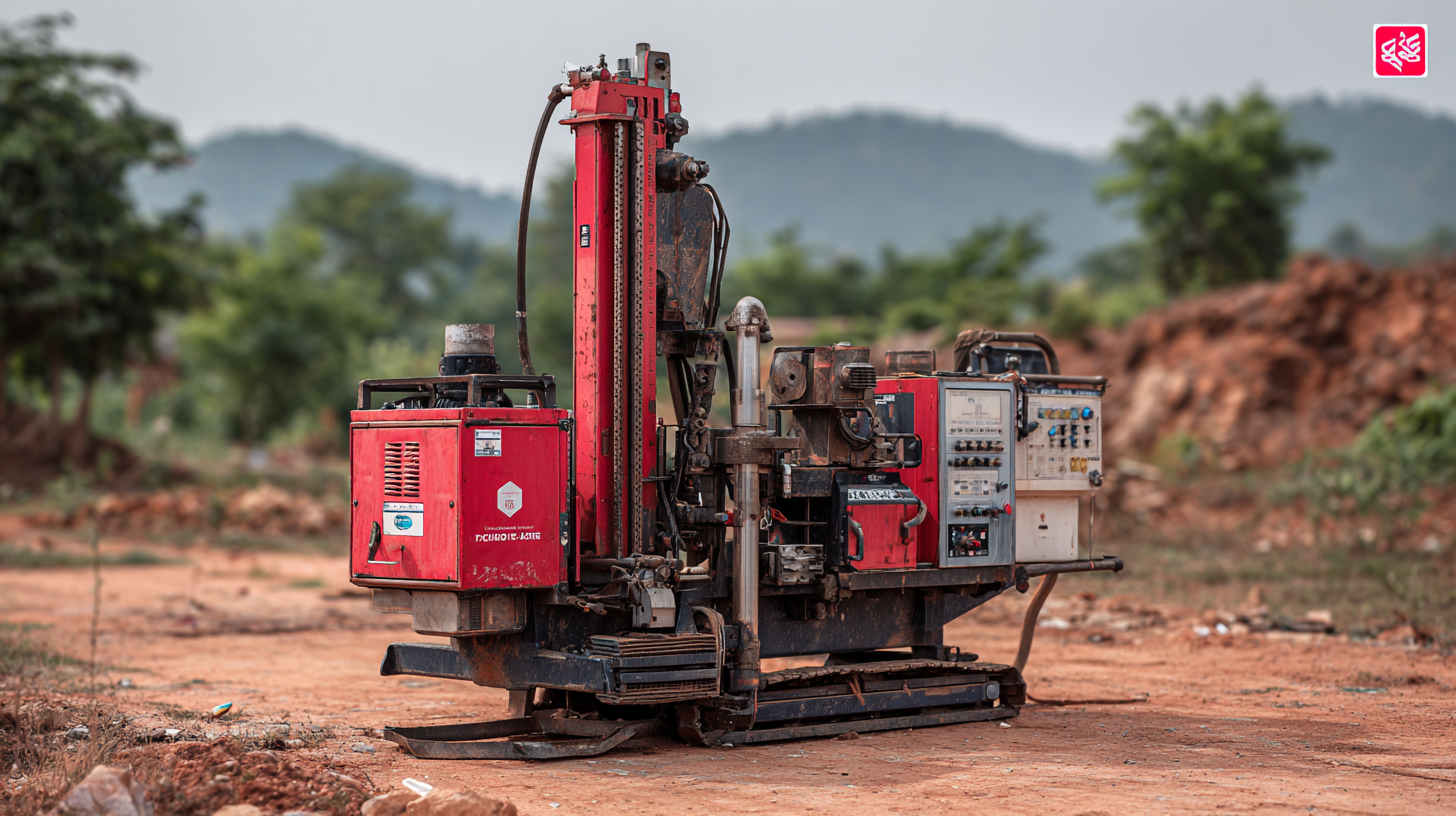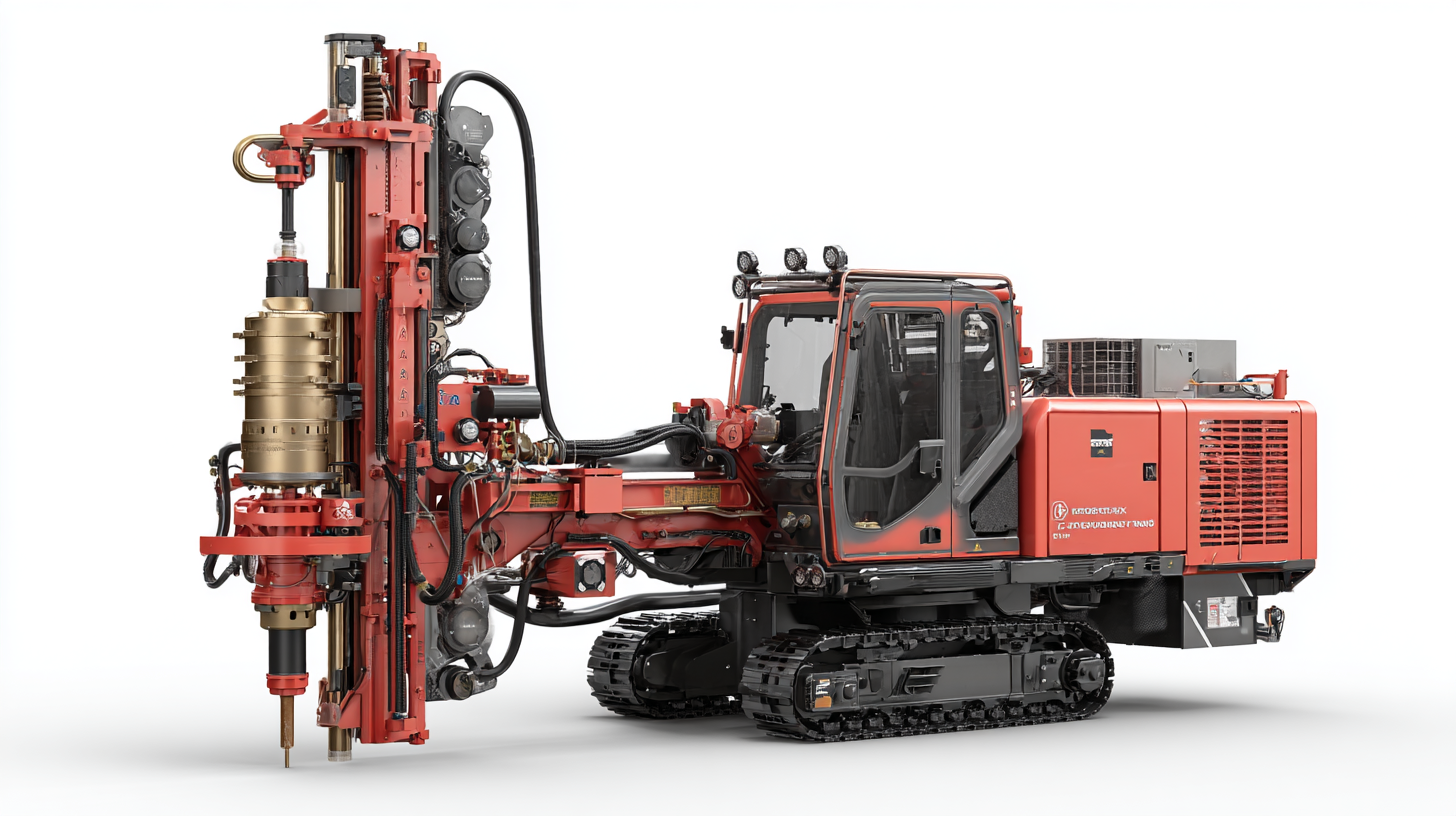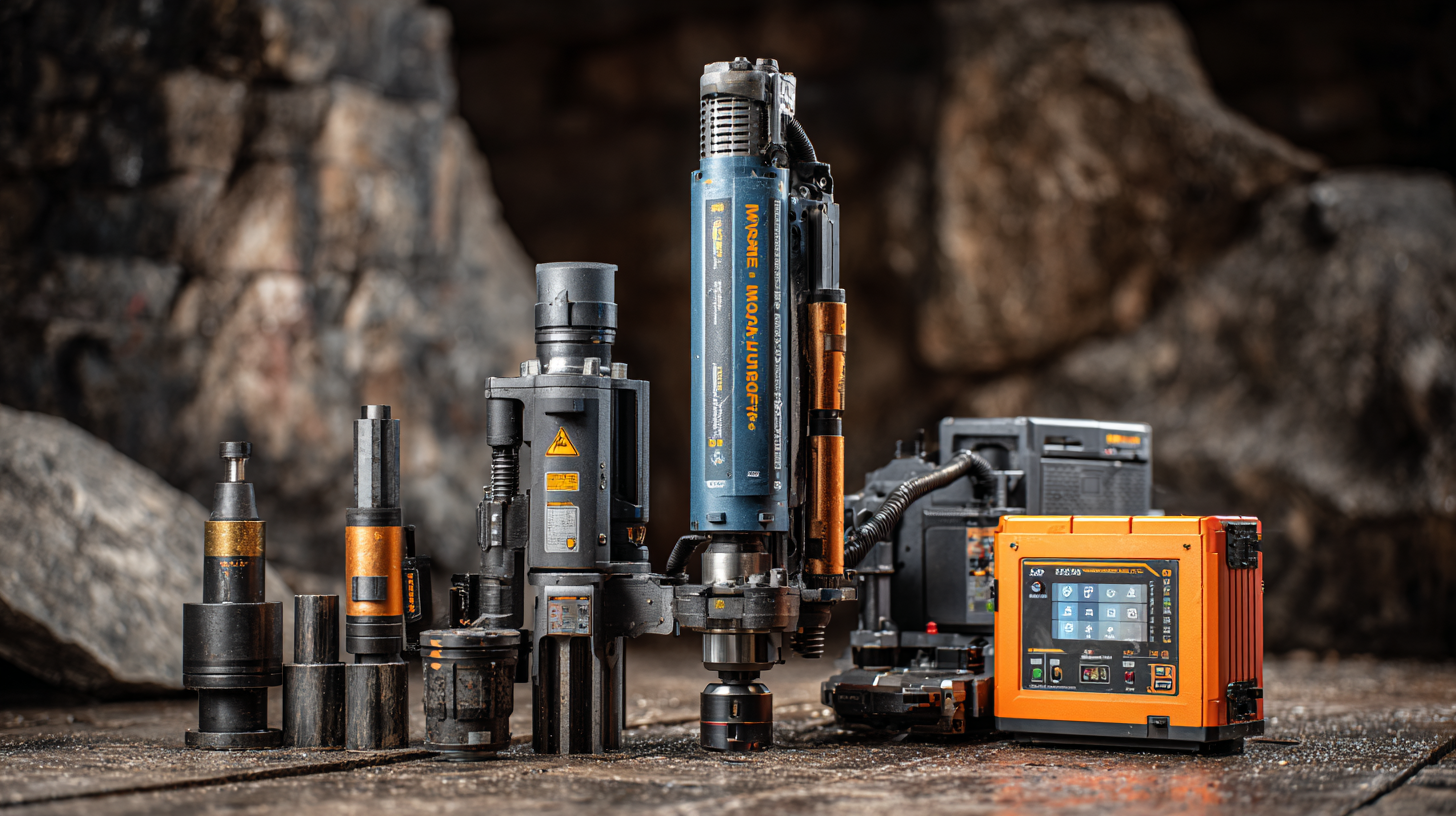In 2023, the demand for Small Borehole Drilling Machines has seen a significant surge, driven by the increase in construction and mining activities worldwide. According to a recent market analysis report, the global drilling machines market is projected to grow at a CAGR of 5.7% from 2021 to 2026, with small bore drilling solutions becoming a pivotal component in various sectors. These machines are not only essential for environmental studies and geotechnical investigations but also for utility installations and resource exploration. As the industry evolves, identifying high-quality suppliers of Small Borehole Drilling Machines is imperative for maximizing efficiency and productivity. This blog will explore the diverse features and applications of these machines, alongside top strategies for sourcing reliable suppliers, thus providing valuable insights for professionals in the field.

Small borehole drilling machines have revolutionized various industries by providing efficient solutions for tasks that require precise drilling in confined spaces. In 2023, the demand for these versatile machines has surged, driven by sectors including construction, agriculture, and environmental research. According to a recent market analysis by Grand View Research, the global drilling equipment market is projected to reach USD 8.5 billion by 2025, with small borehole technologies playing a vital role due to their compact size and operational flexibility.

One of the key benefits of using small borehole drilling machines is their ability to minimize environmental impact while maximizing operational efficiency. For instance, these machines are designed to reduce land disturbance and are often equipped with advanced features such as low noise levels and emission control systems. The International Association of Drilling Contractors reports that the adoption of such eco-friendly equipment has contributed to a 30% reduction in environmental footprint for drilling operations over the past decade. Moreover, the precision offered by small borehole drills enhances data collection for geological surveys and groundwater exploration, making them indispensable in today’s sustainability-focused practices.
When it comes to small borehole drilling equipment, users often encounter a variety of challenges that can hinder efficiency and productivity. According to a report by the International Association of Drilling Contractors, nearly 35% of drillers report issues related to equipment reliability and maintenance. For instance, frequent mechanical failures not only disrupt projects but also lead to increased costs and extended timelines. Additionally, the lack of adequate training can exacerbate these issues, as operators may not be fully equipped to manage the complexities of modern drilling machines.
Tip: Regular maintenance checks and training sessions can significantly reduce the likelihood of equipment failure and ensure that operators are well-prepared to tackle any unexpected challenges.
Moreover, another common challenge is the difficulty in achieving desired borehole accuracy. The same report indicates that about 40% of users struggle with maintaining the correct alignment and depth during drilling. This is crucial for various applications, especially in geotechnical drilling, where precision directly impacts the success of the project. Operators must ensure they utilize high-quality drilling machines equipped with advanced technologies that facilitate precise control.
Tip: Investing in equipment with integrated GPS and real-time monitoring systems can help maintain accuracy and improve overall drilling performance.
The landscape of small borehole drilling machines is rapidly evolving, thanks to significant technological innovations in 2023. One of the most notable advancements is the integration of advanced automation and smart technology. Today's machines are equipped with sensors and real-time monitoring systems that optimize drilling performance, enhance safety, and minimize environmental impact. These innovations not only improve efficiency but also reduce operational costs associated with borehole drilling, making them an attractive option for small to medium-sized projects.
Additionally, manufacturers are focusing on energy-efficient designs that cater to the increasing demand for sustainable practices in the drilling industry. Modern small borehole drilling machines are now powered by eco-friendly engines and incorporate electric or hybrid power sources. This shift towards greener technology not only addresses environmental concerns but also aligns with regulatory measures promoting sustainability. As these machines become more versatile, they are finding applications in various sectors, such as agriculture, mining, and construction, paving the way for smarter and more responsible drilling practices.
When it comes to small borehole drilling, 2023 has seen a range of advanced machines designed to meet diverse needs across various industries. Popular models vary in features and specifications, making it critical for users to compare their capabilities before making a purchase. Key considerations include depth capacity, weight, portability, and power source. For instance, the XYZ Compact Drill boasts a lightweight design perfect for remote locations, while the ABC Drill offers impressive depth capabilities but requires a larger transport vehicle.
Another crucial factor is operational efficiency. The DEF Model stands out with its quick setup time and user-friendly controls, making it ideal for first-time users or smaller projects. Meanwhile, the GHI Series excels in durability and performs well under tough conditions, suitable for professional contractors. Additionally, many machines now come equipped with advanced technology, such as GPS tracking and automatic feed systems, which enhance precision and reduce labor intensity. By comparing these features, users can select the machine best suited for their specific drilling tasks.
Maintaining borehole drilling machines is essential for ensuring their durability and optimal performance in various applications. According to a report by the International Association of Drilling Contractors (IADC), regular maintenance can extend the lifespan of drilling equipment by up to 30%. Simple practices such as routine inspections, proper lubrication, and timely replacement of worn-out parts significantly reduce the risk of unexpected breakdowns and costly repairs. Keeping the machinery clean and free of debris is another critical aspect; research shows that neglecting cleanliness can lead to a 15% drop in efficiency over time.

Additionally, investing in operator training plays a crucial role in the maintenance of borehole drilling machines. A study conducted by the American Society of Civil Engineers found that well-trained operators can reduce equipment wear by 25%, enhancing both safety and effectiveness on-site. Implementing a structured maintenance schedule and using high-quality spare parts further contribute to the longevity of these machines. By adhering to these maintenance tips, companies can ensure their small borehole drilling machines remain reliable and efficient, maximizing ROI and productivity in their drilling operations.
